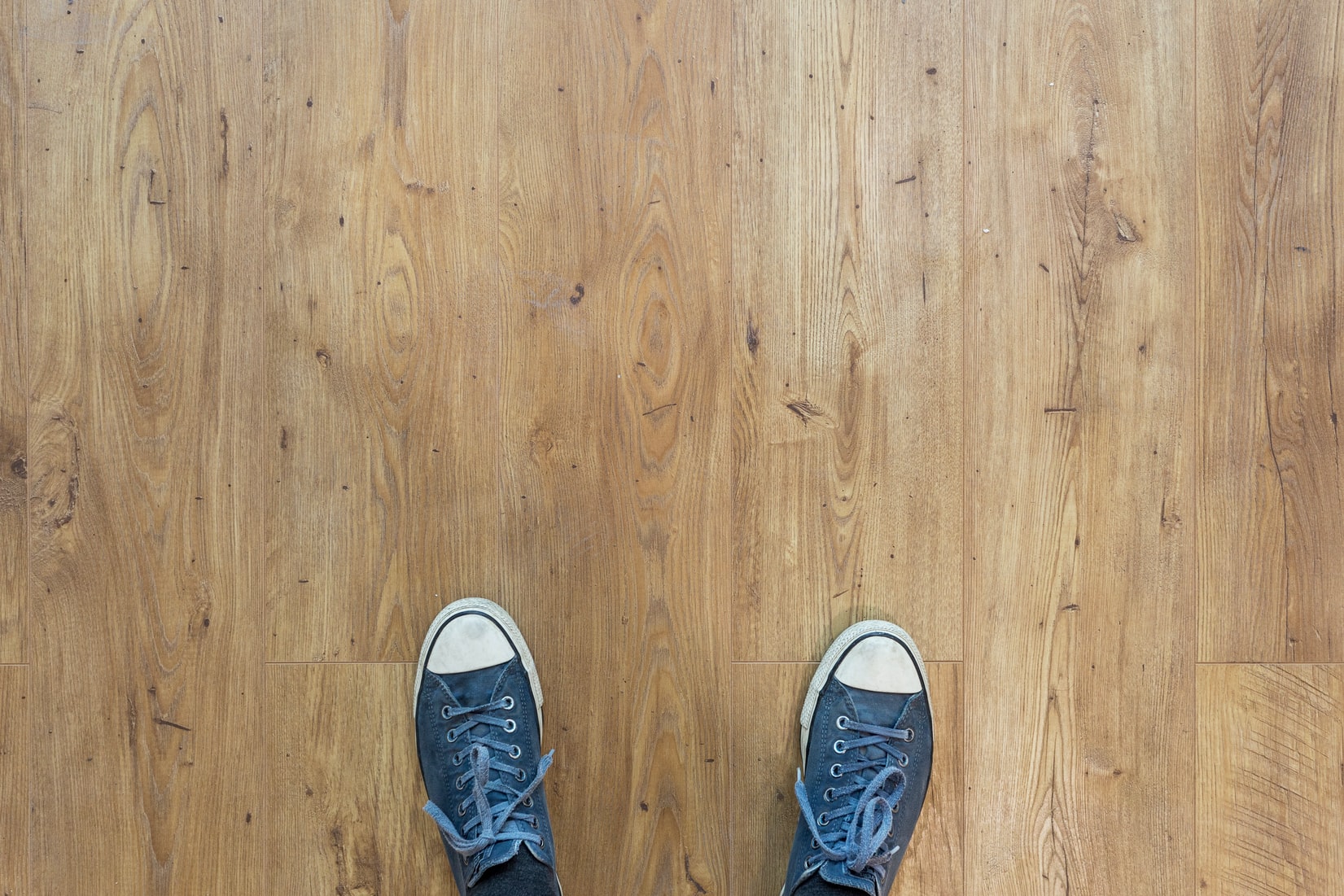
Flooring is a special concern for people who have homes that are not winterized and thus subject to wide variations in temperature over the seasons. Just about every type of flooring expands in the heat and contracts in the cold, and some materials do this to the point where their working life is shortened. However, there are materials that can tolerate temperature fluctuations well. Here are four of them:
Cork
Cork not only adapts well to temperature changes but is sustainable. It is the outer bark of a type of oak tree that grows in Spain and other Mediterranean countries. Every few years the bark is harvested without having to kill the tree. Cork is valued not just because of its tolerance for heat and cold but because it is soft to walk on and a natural insulator. It’s filled with minuscule air chambers that keeps a room warm in the winter and cool in the summer. It absorbs sounds, is easy to keep clean, forgives falls and is resistant to dust and pollen.
Engineered Wood
Engineered wood flooring, including engineered oak flooring, differs from solid planks or tiles of wood in that it’s made of layers of pressure glued, inferior wood or plywood with a show layer of quality wood. This makes it very strong and prevents it from overly shrinking, expanding, warping, gapping or cupping. The one drawback when it comes to engineered wood floors is that they can’t be resurfaced as often as solid wood floors.
Bamboo
When bamboo is processed it acts and is treated like hardwood, but in reality it’s a type of grass. Some species of bamboo can grow 100 feet high in as little as five years, so it’s more sustainable than hardwood which can take decades to reach the same height. Bamboo can be an excellent choice for non-winterized houses, but it must be acclimated for at least two weeks before it’s installed. This means that the planks are stacked in the room to get used to the room’s temperature and humidity.
Luxury Vinyl
Vinyl is also a good choice for a home subject to great variations in temperature, but it must be the highest quality vinyl. This means that the four layers of the vinyl tiles are thick, and the design layer is so realistic that it may make the buyer look twice to make sure it isn’t real stone, wood or ceramic tile. The layers must also be annealed properly. This prevents the floor from distorting due to temperature changes.
Cork, bamboo, engineered wood and luxury vinyl are excellent choices for homes that see great changes in temperature from season to season. They resist distortion, are easy to maintain and durable.

